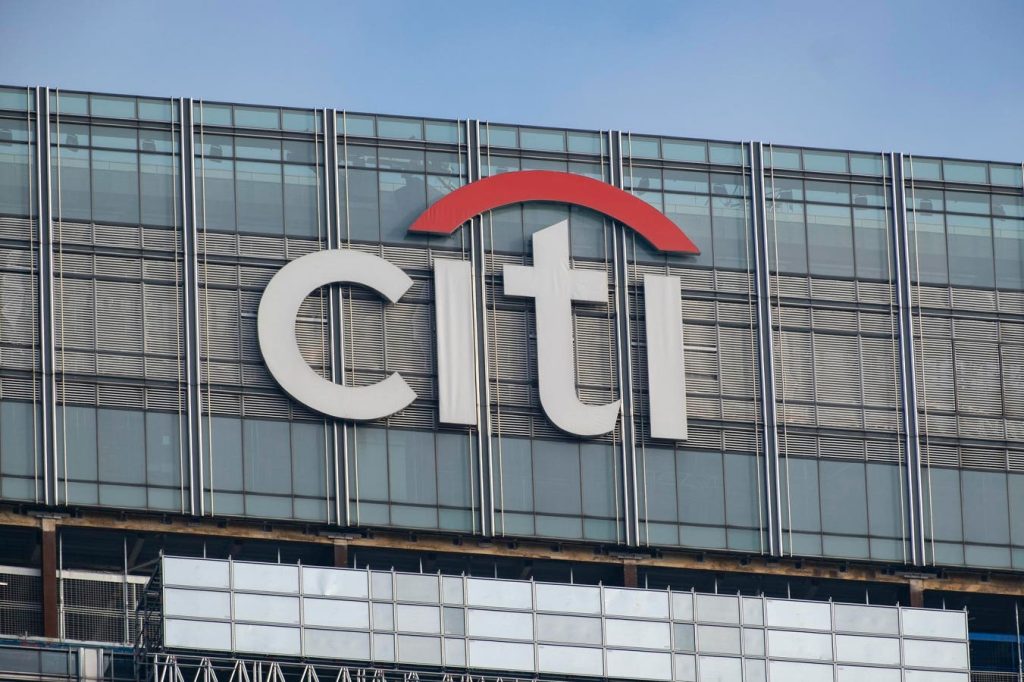Citigroup’s Performance and Outlook: A Detailed Analysis
Citigroup’s stock performance in recent years has been a mixed bag. While the stock has shown promising growth in 2024, outpacing the S&P 500 with a 44% year-to-date gain, its long-term performance has lagged behind the broader market. This volatility raises questions about the bank’s future trajectory, particularly in light of prevailing macroeconomic uncertainties and the potential impact of the recent U.S. presidential election.
A closer look at Citi’s Q3 2024 earnings reveals a complex picture. While revenue experienced a modest 1% increase, reaching $20.3 billion, net income declined by 8% compared to the previous year, settling at $3.2 billion. This disparity stems from several factors, including increased credit costs and provisions for potential loan losses, which offset the positive contributions from investment banking and wealth management. Despite a 3% year-over-year decline in net interest income due to contracting margins, Citi saw robust growth in its banking revenues, propelled by a 31% surge in its investment banking arm. Furthermore, the bank’s market-side operations benefited from a 32% rise in equity revenues and a 9% increase in wealth management revenues.
The bank’s historical performance reveals a pattern of underperformance against the market. In 2021, Citi’s stock return was a mere 1%, significantly trailing the broader market’s growth. This was followed by a substantial decline of 22% in 2022 and a subsequent recovery of 19% in 2023. In contrast, the Trefis High Quality Portfolio, a collection of 30 stocks, has consistently outperformed the S&P 500 over the same period, demonstrating lower volatility and more stable returns. This divergence underscores the importance of considering not only short-term gains but also long-term stability and risk management when evaluating investment options. The underperformance of Citi’s stock in previous years raises concerns about its ability to maintain its current momentum and outperform the market in the face of ongoing economic uncertainties.
Looking ahead, several factors could influence Citigroup’s future performance. The anticipated Federal Reserve rate cuts, initiated in September, are expected to provide a tailwind for the company’s net interest income. Furthermore, Citi has indicated a stabilization in loan delinquency rates among its retail clients, suggesting that the bank’s provisions for potential losses are adequate. The bank’s ongoing efforts to streamline its operations and address regulatory concerns, focusing on improved governance and data management, also contribute to a more positive outlook.
The recent election of Donald Trump to a second presidential term introduces another layer of complexity to Citi’s prospects. The anticipated deregulation under the Trump administration is expected to benefit the financial sector as a whole, potentially leading to increased deal volumes, higher lending activity, and reduced compliance costs for banks. Tax cuts, another favored policy of the Trump administration, could further boost Citi’s profitability. The Republican control of both the Senate and the House of Representatives reinforces the likelihood of these policy changes. These factors, combined with the potential for lower interest rates and increased political certainty post-election, could stimulate investment banking activity, driving growth in debt and equity issuances and M&A transactions.
Citi’s current valuation, at approximately $72 per share, aligns with Trefis’s estimates, suggesting that the stock is fairly priced. However, the bank’s historical volatility and the uncertain macroeconomic environment warrant careful consideration. While the potential for improved performance under the new political landscape and the expected benefits from lower interest rates are encouraging, investors should remain vigilant and assess the evolving landscape to determine the long-term viability of Citigroup as an investment.
In conclusion, Citigroup’s recent performance and its outlook are intertwined with a complex web of factors, including its internal financial performance, the broader macroeconomic environment, and the political landscape. While the bank’s Q3 2024 earnings presented a mixed picture, the anticipated benefits from rate cuts, improved regulatory compliance, and the potential impact of the Trump administration’s policies offer a glimmer of hope for future growth. However, the bank’s historical volatility and the persistent macroeconomic uncertainties necessitate a cautious approach. Investors should carefully weigh these factors before making investment decisions, considering not only short-term gains but also long-term stability and risk management. The comparison with the Trefis High Quality Portfolio highlights the importance of consistent performance and lower volatility, factors that should be considered alongside potential growth opportunities when evaluating investments in the financial sector. Ultimately, Citigroup’s future success hinges on its ability to navigate these challenges effectively and capitalize on emerging opportunities.










